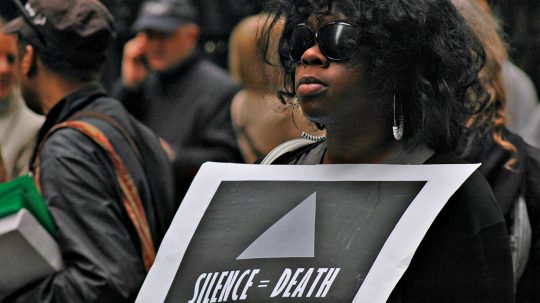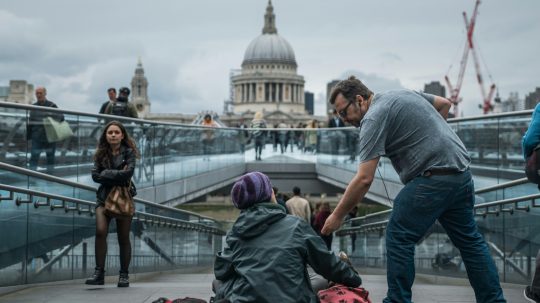Who are ‘priority places’ for? The Supreme Court has said that a policy of ‘requesting but not requiring’ able bodied people to move is unlawful disability discrimination.
Mr Paulley uses a wheelchair. In September 2012 he attempted to board a bus from Wetherby to Leeds. There was a mother with a sleeping baby in a pushchair in the wheelchair space. The bus driver asked the mother to move the buggy but she refused, saying it would not fold. The bus driver apologised to Mr Paulley and drove off, meaning Mr Paulley had to wait for the next bus and he missed a connecting train.
Mr Paulley brought legal action, claiming disability discrimination. He won initially and then lost in the Court of Appeal.

The Law
Section 29 Equality Act 2010 says that ‘public service providers’ must not discriminate against anyone with a disability. Part of this is a duty to make ‘reasonable adjustments’ to prevent disabled persons suffering from a substantial disadvantage. Wheelchair spaces are an example of such reasonable adjustments. A policy of giving disabled persons priority access to such spaces is also part of this.
What should the bus company have done?
The bus company had a policy of ‘requesting but not requiring’ able bodied passengers to move. The judgment came down to the question of whether this was enough of a reasonable adjustment.
On one end of the spectrum, the Supreme Court said that a policy of forcing people to move would be unreasonable. As one of the judges rights pointed out, the law should not normally seek to sanction lawful but inconsiderate behaviour, nor should it normally enforce basic standards of decency and courtesy.
However, on the other end, the ‘requesting but not requiring’ policy did not go far enough. If a passenger refused to make way for a wheelchair, the Supreme Court said additional steps to pressurise the non-wheelchair user to move should be considered. For example, if there was other space on the bus, they could rephrase the request as a requirement, or could refuse to drive on for a few minutes.
One judge suggested that the law should be changed to oblige non-wheelchair users, enforceable in the same way as the rule against anti-social behaviour, to move unless the driver reasonably considers that they have a sufficient reason not to do so.
Partial victory
The Supreme Court was unanimous in deciding that the policy was discriminatory. However, it was split on whether or not Mr Paulley should receive damages.
4 out of 7 judges said he was not entitled to damages. This is because it could not be shown that, in this case, a different policy would have made any difference.
The other 3 judges said that, had the bus company had a more forceful policy, there was a real prospect the passenger would have moved and Mr Paulley would have been able to travel, and therefore he should be entitled to damages.

The impact of the decision…
This decision has implications for all service providers, for example other public transport such as trains, car parks, and places with disabled toilets. Companies with such facilities will now have to make sure that their policies go far enough. It also puts a lot of onus on the driver or other service provider to implement such policies and adequate training will need to be provided.
Key Sources:
- Full judgment
- Supreme Court press summary
- BBC
- RightsInfo sources on the rights of people with disabilities







